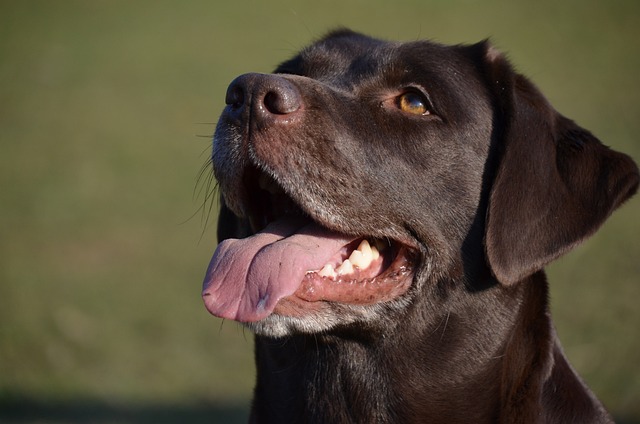
Early Signs of Heart Disease in Dogs Treatment and Care
Early signs of canine heart disease are subtle but crucial. Spotting them can extend your dog’s life and improve their quality of care—don’t ignore the quiet warning signs.
Picture this: You’re sipping coffee on a Sunday morning when your Labrador retriever scratches the hardwood floor, the sound echoing like tiny drumsticks. If your pup’s nails clack loudly on hard surfaces or leave deep marks in your couch cushions, it might be time for a trim. But beyond the noise, understanding when to trim your dog’s nails is key to their comfort—and yours as a responsible pet parent in the US.
Dog nails, like human nails, grow continuously. In the wild, natural activities like digging and running on rough terrain wear them down. But domestic dogs, especially those living in apartments with smooth floors, often miss out on this natural abrasion. Overgrown nails can curl into the paw pad, causing pain, infection, or even misalignment of the leg bones. Ever noticed your Chihuahua limping after a walk? That could be a sign their nails are too long.

To figure out if your dog's nails need trimming, there are a few practical checks. Take your dog for a walk on a sidewalk. If you hear a distinct click-click before their paw hits the ground, the nails are likely overgrown. Gently lift your dog’s paw. A healthy nail should end before the paw pad; if it extends past the pad or curves downward, it’s time to trim. White nails make it easier to see the quick, the pink blood vessel inside, but with black nails, you need to be extra careful. Feel for a hard point beyond the pad and trim gradually. Also, pay attention to your dog’s behavior. Does your dog refuse to jump on the couch or lick their paws a lot? Discomfort from long nails might be the reason. Start by using treats to make paw touches a positive experience, so nail checks don't turn into a struggle.
In the US, keeping your dog’s nails trimmed is connected to animal welfare. Neglecting overgrown nails that cause injury could be seen as animal cruelty. When you're out in public, always scoop your dog’s poop—it’s the law in many places and good community manners. Skip the physical punishment when it comes to nail trims. Instead, use positive reinforcement like peanut butter on a lick mat to keep your dog calm. In apartment buildings, loud nail scratches can bother neighbors, so regular trims help keep everyone happy. Weekly walks on concrete paths can also naturally wear down your dog’s nails.
If you’re still not sure, schedule a visit to your vet or a certified groomer—many offer free quick checks. Remember, consistent nail care isn’t just about looks; it’s about ensuring your furry friend stays happy, healthy, and a great part of your community. A well-groomed pup makes for a happier pet and a better neighbor too!

Early signs of canine heart disease are subtle but crucial. Spotting them can extend your dog’s life and improve their quality of care—don’t ignore the quiet warning signs.

Early detection and care can help dogs with heart problems live joyful, active lives—discover how timely treatment transforms their health and happiness.

Watching your dog strain to pee or wince in discomfort feels like a punch in the gut. Urinary tract issues can sneak up on our furry companions, but the good news?

Ever had that gut-wrenching moment watching your Golden Retriever struggle up the stairs,or noticed your Chihuahua panting wildly after a short walk?These aren't just normal signs of aging—they could be early whispers from your dog's heart.

Picture this: You’re sipping coffee on a Sunday morning when your Labrador retriever scratches the hardwood floor, the sound echoing like tiny drumsticks.

Hearing click-click-click as your dog walks across the hardwood floor? That’s the universal sign it’s nail trim time.